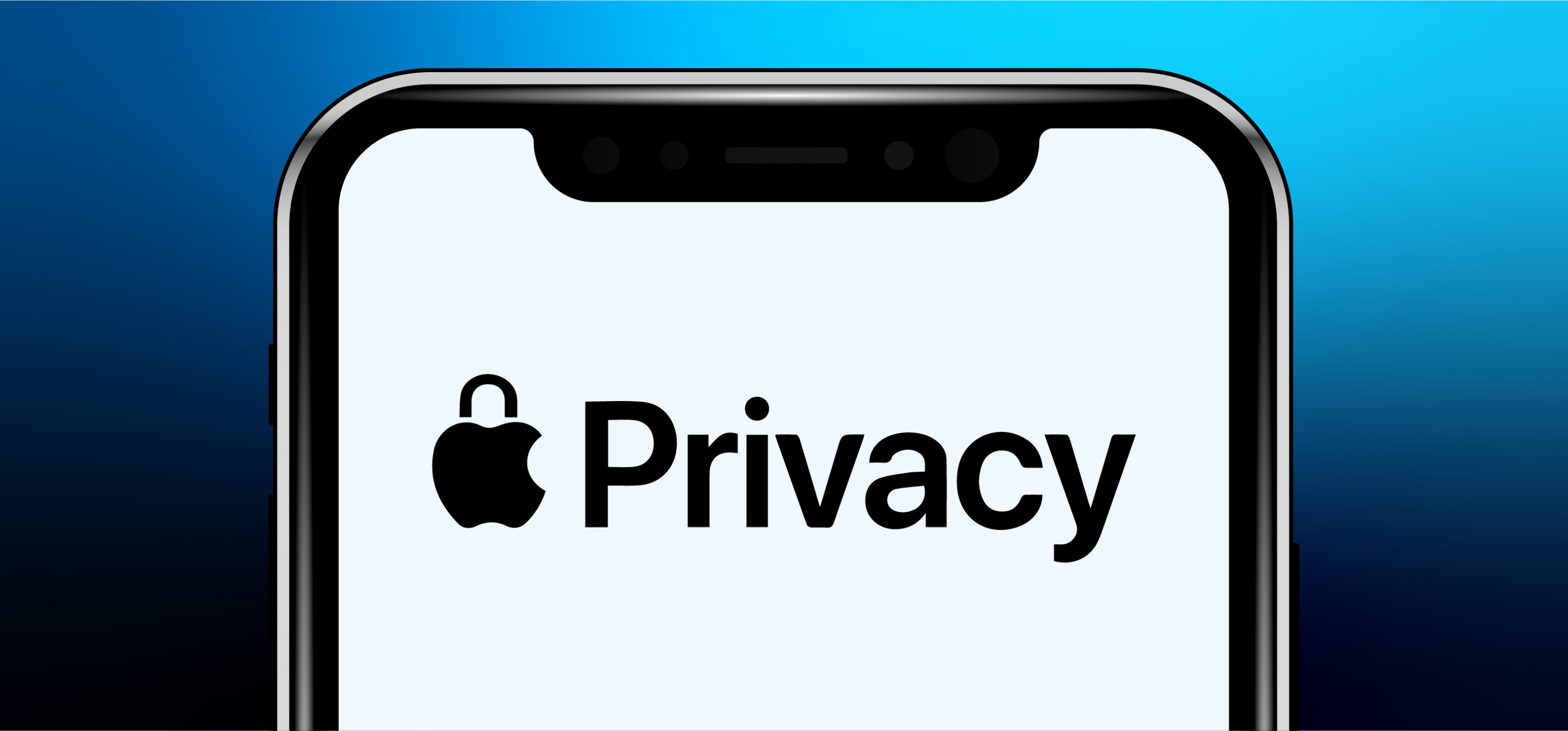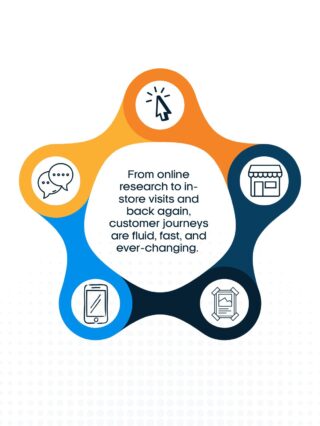What is Apple’s latest news?
Apple will start redirecting web traffic through two separate servers in order to obfuscate a user’s IP address.
The feature, called Private Relay, will act as a VPN of sorts. Although, VPNs generally only reroute traffic through a single hop and despite blocking internet service providers from seeing a user’s traffic, VPNs can still access browsing data themselves. It is a common misconception that VPNs inherently protect privacy, when all they do is mask your identity from others.
Private Relay will be part of a new service called iCloud Plus and will likely be available sometime in the coming months. While it appears that, for now, the feature only applies to the web and a small percentage of app traffic (specifically, unencrypted HTTP app traffic), there is no reason it can’t eventually also be rolled out for apps. It could be one way to curtail fingerprinting, a banned identification method Apple has yet to begin serious enforcement against on iOS.
In addition to Private Relay, Apple also has new privacy system controls on deck that will hide a user’s IP address from third-party trackers within Safari and on the Mail app.
With Mail Privacy Protection, a person’s IP address will be hidden so that email senders cannot connect the account to other online activity or to someone’s location. Senders will also be prevented from seeing whether the receiver has opened an email.
Apple will also obscure IP addresses on Safari, which already blocks third-party cookies by default with Intelligent Tracking Prevention.
There is also a new feature called the Safari Privacy Report, whereby people will be able to see which trackers are prevented from profiling them.
What does this mean for the industry?
The industry will start leveraging other targeting capabilities to combat the deprecation of third-party cookie targeting and IP targeting.
The first thing the industry will start to leverage is contextual targeting. By definition, contextual advertising is delivering ads and messaging that matches the content on the page–also called “contextually relevant ads.” From the average non-marketer consumers’ perspective, contextual ads are more relevant and far less “big brother” than cookie-based behavioral targeting.
Next is people-based advertising, which relies on a unique identifier that is related to the user, not the device. According to MarTech, people-based marketing is defined as “a means to create a customer-centric, cohesive marketing system that revolves around customers and their real-time behavioral data. This data, combined with available first-party brand data, allows brands to target customers in real-time, across devices and channels.” This method does not rely on third-party cookies to track users or gather data and allows brands to meet customers in the places and times that they actually want to engage with them.
Lastly, brands will move more towards first-party and second-party data.
- First-party data is data your brand collects. This could be through phone calls, orders, website traffic, customers signing up for a newsletter, or filling out any form that requires them to enter their information.
- Second-party data belongs to another brand, but is shared with your brand in an exchange that both brands directly negotiate. For example, a luxury car company might share data with a luxury watchmaker and vice versa because they both sell to affluent customers and would mutually benefit from audience expansion.
What’s Butler/Till’s take?
Specific to the use of IP-based targeting, IP’s are already not a reliable way to track a user. They change frequently, at various intervals set by a wide variety of different ISP’s. In addition, IPs are often used for location targeting and could be detrimental to geotargeting. It is not the only way; geofences work off GPS data for example, but IP-based location and geotargeting is currently a popular way. Geofences typically carry extra CPM costs, much like a data fee.
On average, our activation volume in Apple’s Safari browser is minimal for desktop and a bit larger for mobile: Safari is 0.72% of our total spend for the last 30 days. So for future campaigns with high value on geotargeting, we would recommend blocking the Safari browser (unless we’re willing to spend more to utilize geofencing here).
As we enter into 2022 planning season, it will be more important than ever for us to diversify our programmatic activation by adapting to the below targeting alternatives:
- Contextual targeting
- Geofencing
- People-based advertising
- First-party targeting
- Second-party targeting
- Building look-alike audiences based off either the brand’s first-party or second-party data





